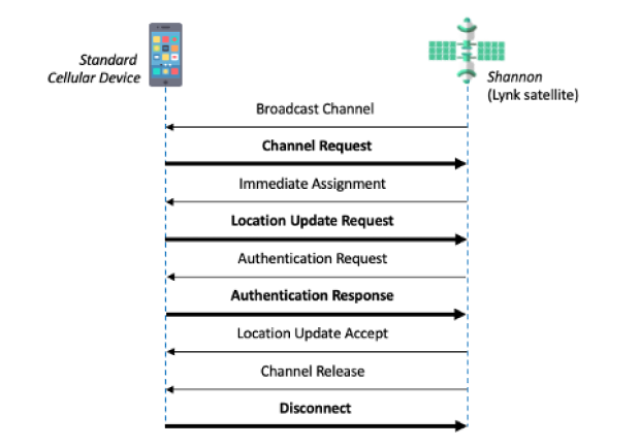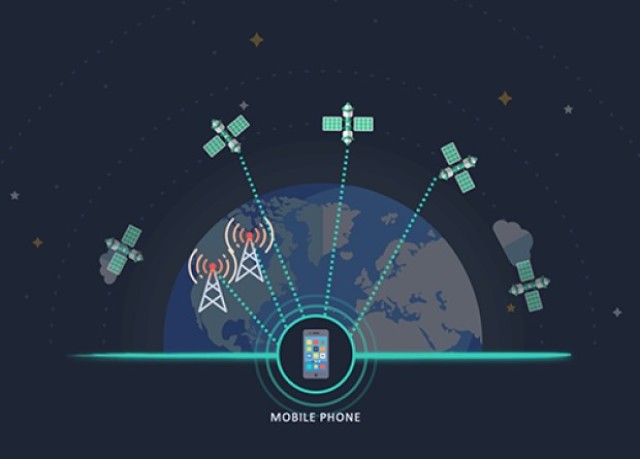The American company Lynk said that it was the first in the world to establish two-way communication between a conventional mobile phone and a satellite. In the future, the company wants to deploy a global network of satellites that provides communication in remote locations without ground-based communication towers without the need for a satellite phone.
Mobile communication is considered almost ubiquitous, but in fact most of the Earth's surface is not covered by the signals of cell towers. Moreover, we are talking both about remote parts of the land, where, if necessary, it is possible to deploy network infrastructure, and about the oceans, where the construction of communication towers is practically impossible and impractical. These places cannot be called completely cut off from communication — there are satellite operators such as Iridium, Inmarsat and Globalstar that provide access to mobile communications or the Internet. But to work with them, you need to buy large satellite phones.
In recent years, engineers have been working on ways to connect conventional smartphones to satellites, especially with the advent of 5G modems with the ability to form a beam. In 2020, Lynk announced that it was the first to send a text message from a satellite to a regular mobile phone without hardware modifications, and now said that it has been successfully testing two-way communication for some time. During the tests, which took place in the United States, Great Britain and the Bahamas, experts connected several hundred mobile phones to the satellite.

Stages of connecting a phone to a satellite
Image Source: Lynk
For phones on Earth, satellite signals look like the signals of a conventional communications tower. To do this, engineers have developed methods to compensate for the Doppler shift that occurs due to the rapid movement of the satellite in orbit. To connect the devices, it sends signals to the Ground on the broadcast control channel . Devices on the Ground receive this signal and send a connection request, after which the satellite checks the presence of the subscriber in the database and makes a decision.
To date, the company has launched five satellites, and, apparently, only the last one, launched in the summer, took part in the tests. With one satellite running, communication is only available for a few minutes a day and only in certain areas of the Earth. But by 2023, Lynk plans to launch about 100 satellites, which will allow data exchange with the devices every few minutes.
AST & Science is also engaged in the creation of a satellite grouping for communication with conventional phones. In 2019, it launched the first satellite and announced successful tests, but did not disclose details about them, including whether two-way communication was established.
Grigory Kopiev

